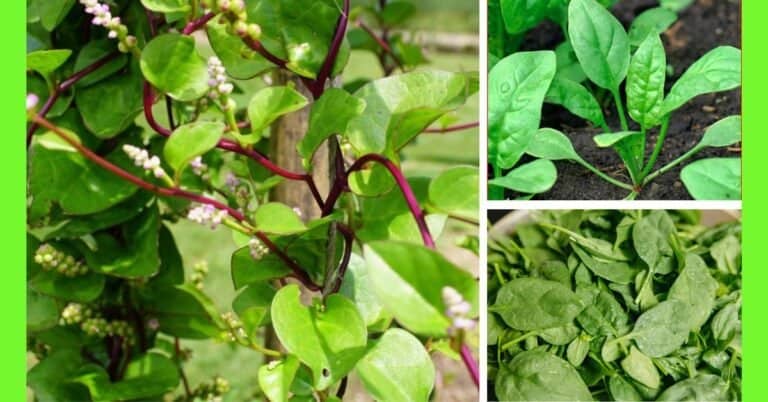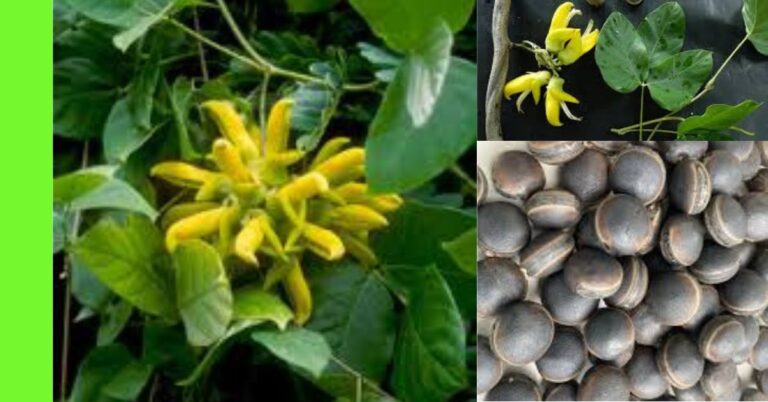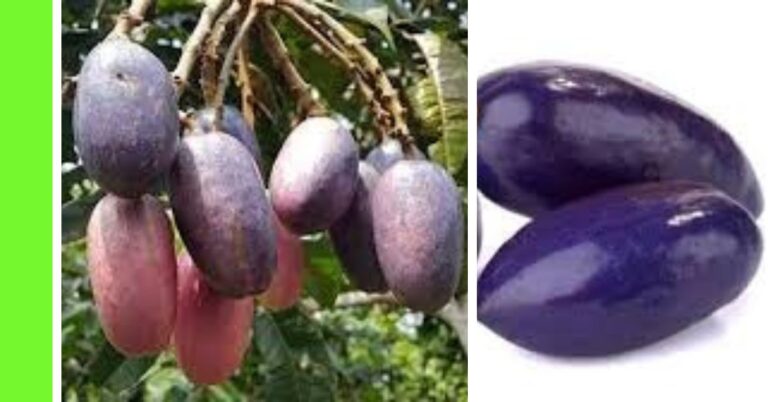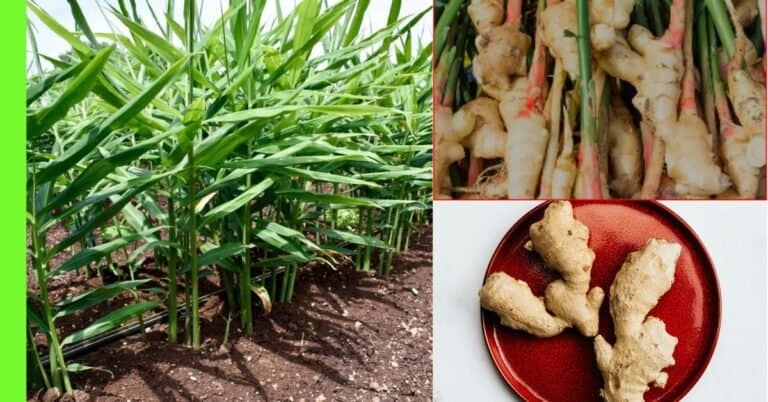How To Plant Custard Apple In Nigeria
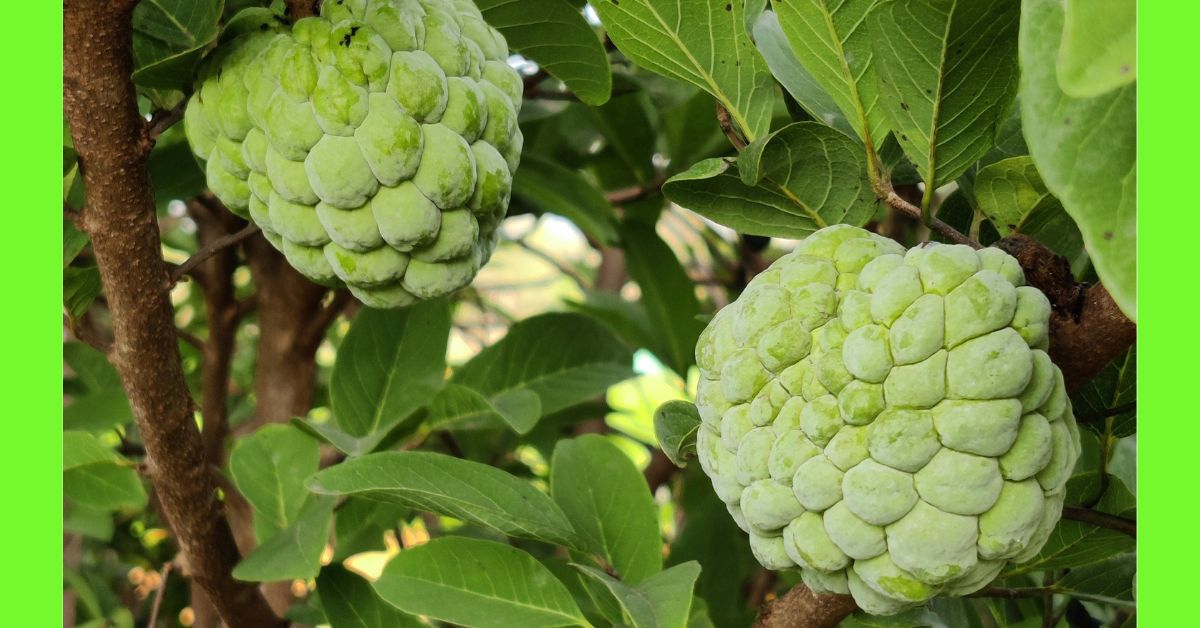
Custard apple (Annona reticulata), sometimes called bullock’s heart, is a tropical fruit tree valued for its sweet, creamy flesh and distinctive netted skin.
While it belongs to the same botanical family as sugar apple (Annona squamosa) and soursop (Annona muricata), it is a different species with its unique taste, appearance, and growing requirements.
In Nigeria’s warm tropical climate, custard apple grows well and offers both nutritional and economic benefits.
The fruit is rich in vitamin C, antioxidants, and dietary fibre, making it a healthy choice for consumers.
Whether for home gardens or small-scale commercial farms, understanding the correct planting and care techniques is key to producing high-quality fruits.
This guide walks you through every step, from site selection and soil preparation to propagation, watering, pest control, and harvesting, so you can successfully grow custard apple in Nigeria.
Description of the Plant
The custard apple (Annona reticulata), also called bullock’s heart, is a tropical fruit tree known for its sweet, creamy pulp and distinctive netted green or reddish skin.
Native to the Americas but well adapted to tropical climates like Nigeria’s, the tree grows to about 4 – 8 meters tall, with spreading branches and large, fragrant leaves.
The fruit has a soft, custard-like texture with glossy black seeds inside.
In Nigeria, custard apple is valued for its high vitamin C content, antioxidants, and delicious flavour, making it a good crop for both home gardens and small-scale farms.
Note on Naming:
Custard apple (Annona reticulata) is not the same as sugar apple (Annona squamosa), though they belong to the same botanical family (Annonaceae).
- Custard apple has a smoother, netted skin and a milder flavour.
- Sugar apple has segmented, knobby skin and a sweeter taste.
Both grow well in Nigeria but have different appearances and slight differences in texture and flavour.
Planting Season for Custard Apple in Nigeria
Custard apple thrives in warm, frost-free conditions with moderate rainfall.
In Nigeria, the ideal planting season is at the onset of the rainy season (March-May in the South and April–June in the North).
Planting at this time ensures that seedlings or seeds have enough moisture to establish strong roots before the dry season begins.
For farmers with irrigation systems, custard apple can be planted almost year-round, but rainy season planting reduces water costs and improves survival rates.
Planting Custard Apple
Step 1 – Choose a Location
Select a sunny, well-drained location.
Custard apple trees need at least 6–8 hours of direct sunlight daily for optimal fruiting.
Avoid low-lying areas prone to waterlogging, as excessive moisture can cause root rot.
The soil should be sandy loam or loamy, with a pH between 6.0 and 7.5.
Step 2 – Land Clearing and Preparation
Clear the land of weeds, shrubs, and debris.
Plough and harrow the soil to loosen it and improve aeration.
Dig planting holes measuring about 60 cm deep and 60 cm wide, spaced 4–5 meters apart to allow room for growth and airflow.
Incorporate well-rotted organic matter such as compost or poultry manure into each hole to boost soil fertility.
Step 3 – Means of Propagation
Custard apple can be propagated by:
- Seeds – Common for small-scale planting, but may result in variability in fruit quality.
- Grafting or budding – Used by commercial farmers to maintain fruit quality and shorten maturity time.
- Cuttings – Less common but possible for certain varieties.
For most Nigerian farmers, starting from seed is the easiest and most affordable method, while grafting is recommended for large-scale commercial production.
Step 4 – How to Plant Custard Apple from Seed
- Seed Extraction – Scoop seeds from ripe custard apple fruits, wash them thoroughly, and air-dry for 2–3 days.
- Pre-Germination Treatment – To speed up germination, soak seeds in warm water for 24 hours or scarify lightly with sandpaper.
- Nursery Preparation – Fill polythene bags with a mixture of topsoil, compost, and river sand in a 2:1:1 ratio. Plant each seed about 2 cm deep.
- Watering – Keep the soil moist but not waterlogged. Germination occurs within 3–4 weeks.
- Transplanting – When seedlings are 6–8 weeks old and about 20–30 cm tall, transplant them into prepared holes in the main field during the rainy season.
Step 5 – Watering
During the first year after transplanting, water the young custard apple tree 2–3 times weekly during dry periods.
Mature trees are more drought-tolerant but still benefit from weekly deep watering in the dry season to encourage flowering and fruit development.
Avoid overwatering, as the roots are sensitive to waterlogging.
Step 6 – Apply Manure
Enrich the soil by applying well-rotted compost or organic manure twice a year, once at the start of the rainy season and again midway through the growing season.
For better yields, supplement with NPK fertiliser, split into two applications per year.
Apply fertiliser in a ring about 30–50 cm away from the tree base to avoid root burn.
Maturity and Harvest
Custard apple trees grown from seed take 3–4 years to start fruiting, while grafted trees may bear fruit in 2–3 years.
Fruits mature 3–4 months after flowering.
A ripe custard apple has a pale green or yellowish skin and gives slightly when pressed.
Harvest by hand, cutting the fruit stem with a sharp knife or secateurs to avoid damage.
Fruits should be handled gently, as they bruise easily.
Pests and Diseases
Common Pests:
- Fruit borers – Larvae that bore into fruits, causing premature ripening and decay.
- Scale insects – Sap-sucking pests that weaken trees.
- Mealybugs – Cause leaf yellowing and reduced growth.
Common Diseases:
- Anthracnose – A Fungal disease causing black spots on leaves and fruit.
- Root rot – Caused by waterlogging and fungal infection.
- Powdery mildew – White fungal growth on leaves, reducing photosynthesis.
Pest and Disease Control
- Fruit Borers – Bag young fruits with paper or cloth bags to prevent insect entry. Use neem-based sprays or approved insecticides if infestation is severe.
- Scale Insects and Mealybugs – Spray with insecticidal soap or neem oil at fortnightly intervals.
- Anthracnose – Apply copper-based fungicides and ensure good orchard sanitation.
- Root Rot – Improve drainage and avoid overwatering.
- Powdery Mildew – Use sulfur-based fungicides and prune overcrowded branches to improve airflow.
By following these steps, farmers and gardeners can successfully grow custard apples, enjoying both the sweet rewards of the fruit and potential income from sales.
With good planting practices, proper watering, and timely pest control, custard apple trees can remain productive for many years.
Hope this article was helpful.




